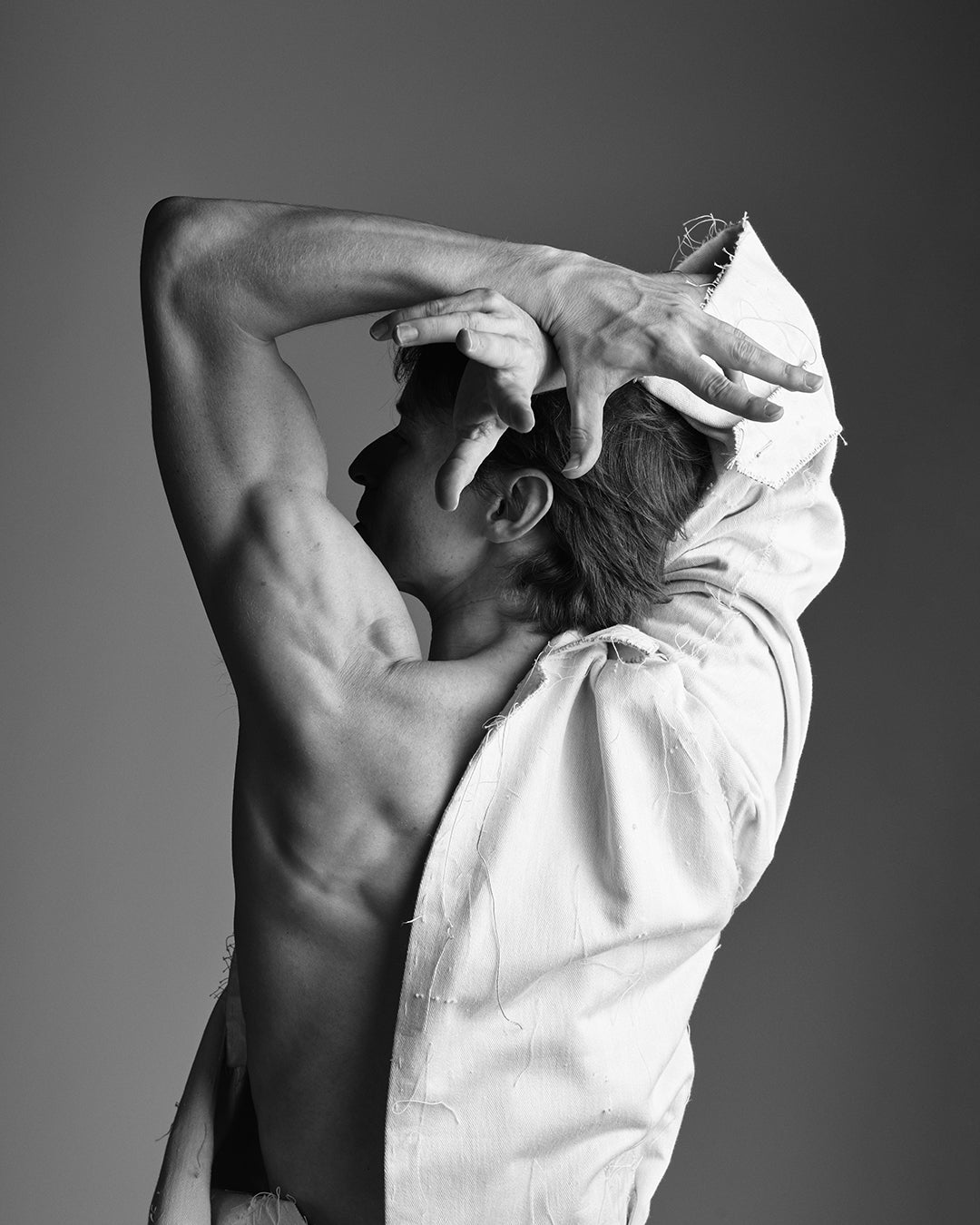Probably everyone has memories of pressing on the piano keyboard at least once. The piano makes the same sound no matter who presses on it. This makes you believe that you will be able to play the tune you want with some flair if you simply memorize the order of the keys to be played. However, among musicians even the piano is considered one of the most difficult instruments to play.
That the piano makes the same sound no matter who presses on it means that it is difficult to play the piano in a distinctive way. Consequently, pianists must put great effort into creating their own sound. They must produce that slight difference that is so difficult to express, and the process of achieving this feat is unspeakably arduous and time consuming. For example, musicians such as Krystian Zimerman are so obsessed with this point that they make their own piano hammers. It is said that he disassembles his own piano and takes it on the plane with him whenever he goes on tour.
Sviatoslav Richter, one of the greatest pianists of the 20th century, had left a great mark in this regard. He is a craftsman who pursued symmetry and silence, and the most extreme pianissimo throughout his life. Among these things, he once said that there can be no more ravishing effect made with the piano than an extreme pianissimo. Indeed, his touch is like someone “pressing the keyboard in a place without air.” Just by listening to the first note, you can tell that it is Richter who is playing.
Considering the nature of the instrument, it is difficult to play the piano very softly, which is what pianissimo means. While supporting the body with strong abdominal muscles and lower body muscles, one must touch the keyboard extremely softly. 『Notebooks and Conversations (2002)』, written by the filmmaker Bruno Monsaingeon based on interviews with Richter and the contents of his diaries, notes that world’s greatest pianist never skips a day of practice. Even after gaining worldwide recognition, it took Richter decades to achieve a tone that satisfied him. For this great maestro also, it was a huge challenge to create “my own sound.”
Anyone who studies something for a long time, there comes a moment when they recognize small differences that were not apparent before. The mindset one adopts at that “moment” separates the skilled workers from the artisan. Some people strongly desire to reach a certain level by overcoming that small difference, while others just continue to repeat what they have become skilled at doing. However, doing something for a long time does not naturally make everyone an artisan.
A particularly gifted artisan is by nature very serious about their work. People with this kind of character encounter countless “moments” of realization while independently working on their craft. By actively observing and making new discoveries, they understand the connection between small differences that are not easy to detect and the whole and also develop their own rhythm to restrain expression according to material, functionality, and design. It is only when one constantly discovers and improves “something of your own” in the process that one is recognized as having “the spirit of an artisan.”
Certainly, it is not easy to make “something of your own.” It would be rather embarrassing to hastily conclude that you have that artisan spirit after working hard for several years and mastering the necessary skills. The artisan spirit is not about skills or technique. It is more like the mental strength to live with determination over a long time. Rather than the inertia of sitting at the piano every day without exception, it would be better to focus on the lasting passion and desire that makes the elderly maestro do so.
Writer Kim Dae Chul



